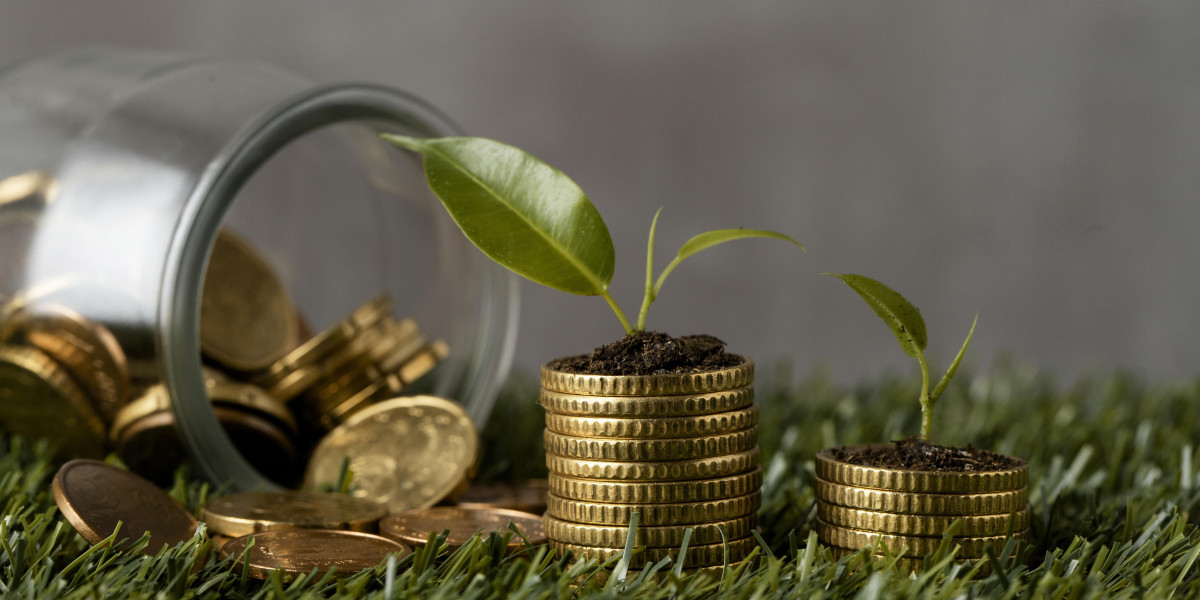Introduction
In recent years, the concept of Blue Economy has gained traction as a promising framework for sustainable development, especially in sectors like agriculture. By leveraging the resources and potential of our oceans and water bodies, the Blue Economy is reshaping the future of agriculture in innovative ways. This article delves into the various ways in which the Blue Economy is revolutionizing agriculture and paving the way for a more sustainable and resilient food system.
Harnessing Marine Resources for Agriculture
1. Aquaculture and Mariculture
Aquaculture, the farming of aquatic organisms like fish, shrimp, and seaweed, is a key component of the Blue Economy's impact on agriculture.
Mariculture, which involves cultivating marine species in controlled environments, offers a sustainable alternative to traditional fishing practices.
By integrating aquaculture and mariculture into agricultural practices, farmers can diversify their sources of income and reduce pressure on overexploited marine resources.
2. Seaweed Farming
Seaweed farming is a rapidly growing sector within the Blue Economy, with vast potential to improve agricultural productivity and sustainability.
Seaweeds are rich in nutrients, including protein, vitamins, and minerals, making them valuable as food sources and soil enhancers.
By incorporating seaweed farming into agricultural systems, farmers can enhance soil health, increase crop yields, and reduce the need for synthetic fertilizers.
Innovations in Water Management and Irrigation
1. Integrated Coastal Zone Management
Integrated Coastal Zone Management (ICZM) strategies promote the sustainable use of coastal resources while minimizing environmental impacts.
ICZM approaches can help agricultural stakeholders optimize water use, reduce pollution, and enhance coastal ecosystem resilience.
2. Smart Irrigation Technologies
Smart irrigation technologies, such as precision farming and sensor-based systems, are revolutionizing water management in agriculture.
By leveraging real-time data and automated controls, farmers can optimize water usage, reduce wastage, and improve crop yields.
These technologies align with the principles of the Blue Economy by promoting resource efficiency and sustainability in agricultural practices.
Community Engagement and Capacity Building
1. Blue Economy Education Initiatives
Community engagement and capacity building are essential components of a successful Blue Economy strategy.
Education initiatives that raise awareness about the benefits of the Blue Economy can empower farmers and local communities to adopt sustainable practices.
By fostering a sense of stewardship and responsibility towards marine resources, these initiatives pave the way for long-term sustainability in agriculture.
2. Collaborative Partnerships
Collaborative partnerships between government agencies, research institutions, and private sector stakeholders are critical for driving Blue Economy initiatives in agriculture.
By pooling resources, expertise, and knowledge, these partnerships can accelerate the adoption of innovative practices and technologies that benefit both farmers and the environment.
Conclusion
The Blue Economy holds immense potential for transforming agriculture into a more sustainable, efficient, and resilient industry. By harnessing marine resources, adopting innovative water management techniques, and fostering community engagement, the Blue Economy is reshaping the future of agriculture in profound ways. As we strive towards a more sustainable food system, embracing the principles of the Blue Economy will be key to ensuring the well-being of both people and the planet.
"The Blue Economy offers a pathway towards a more sustainable and prosperous future for agriculture."
Remember, the future of agriculture lies in the harmonious integration of land and sea resources, guided by the principles of sustainability and resilience.
External Links:



